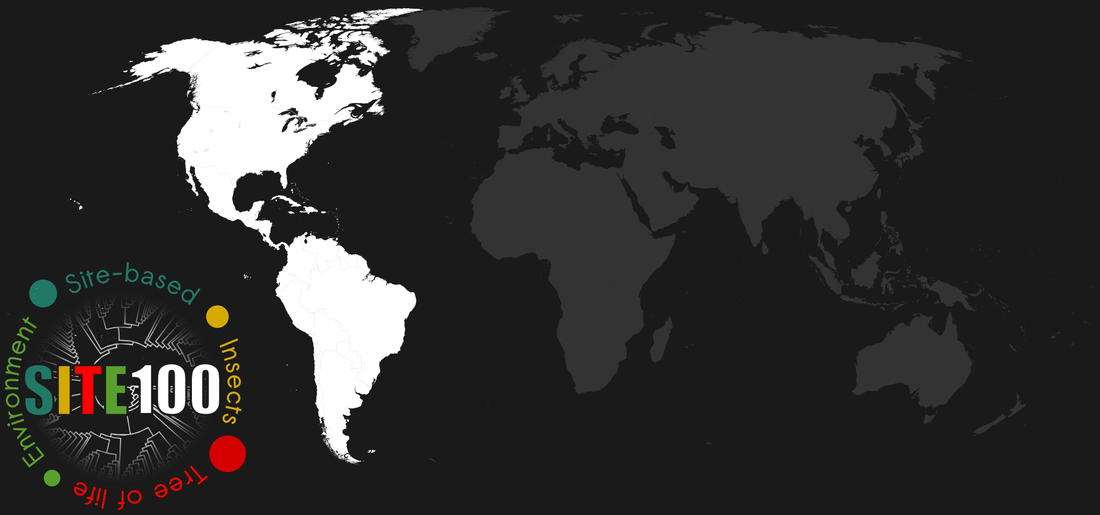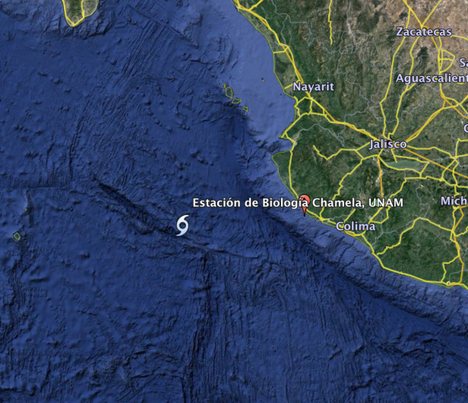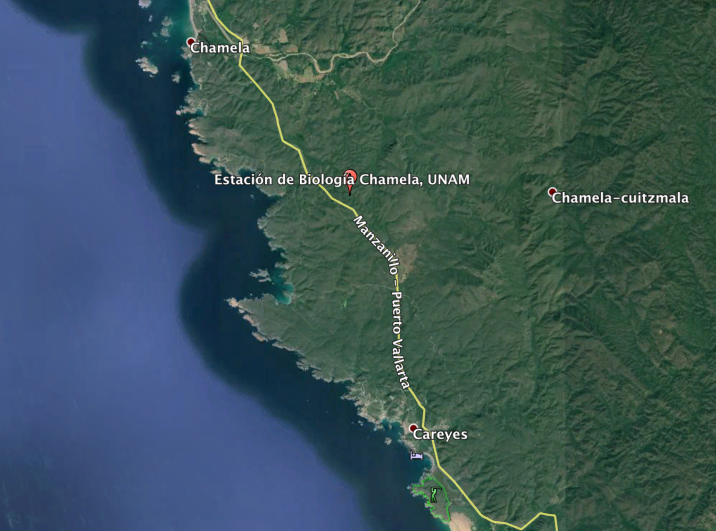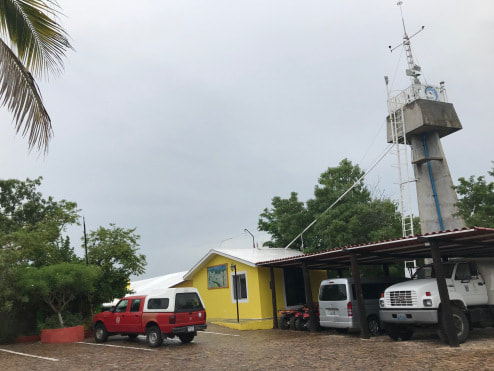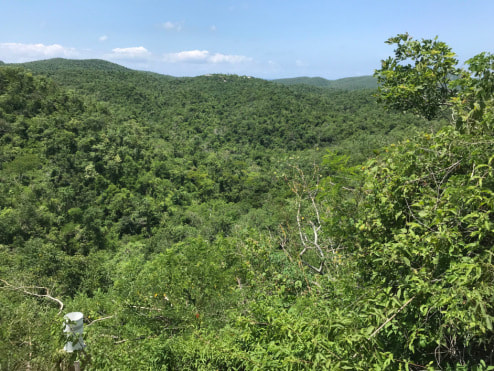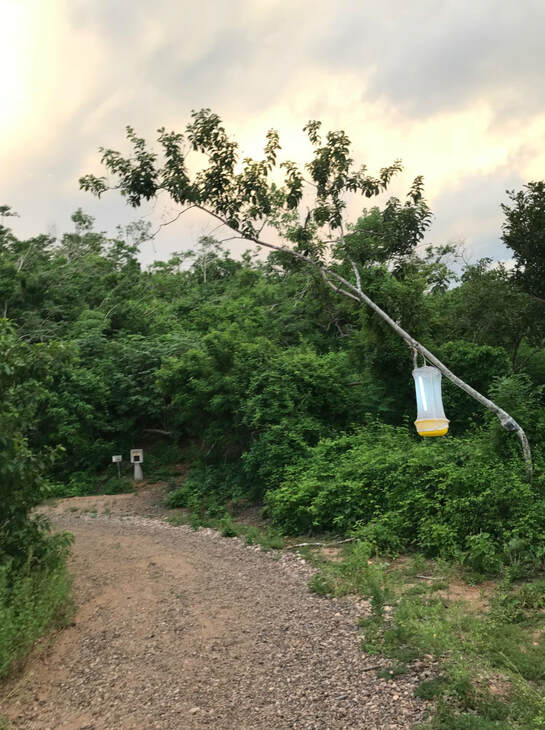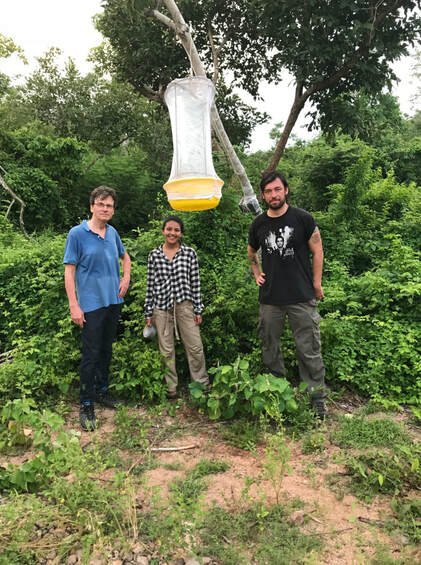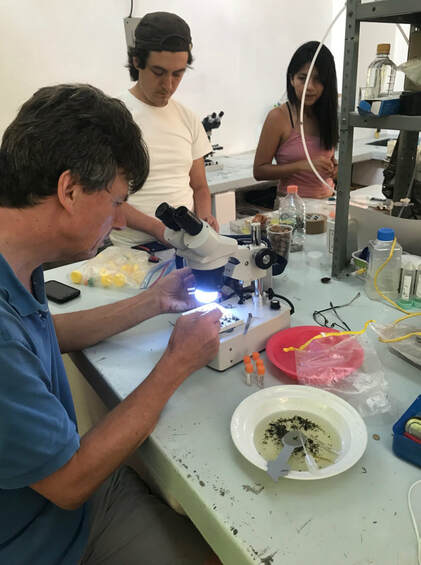Chamela, Mexico
Chamela field station, Jalisco State, Mexico. Dry deciduous tropical forest.
Site name:
Estación de Biología de Chamela, owned by the Instituto de Biología, Universidad Nacional Autónoma de México (IB UNAM).
Latitude/Longitude:
The station is situated within the Chamela-Cuixmala biosphere reserve, near the Pacific coast in the state of Jalisco, Mexico (19º30’ N, 105º 03’ W). The region mainly comprises tropical dry forest. The mean annual temperature is of 24.9˚C. Around 85% of the ~750 mm of yearly rain occurs from July to November. Vegetation in the island mainly consists of tropical deciduous and tropical semi-deciduous forests.
Site name:
Estación de Biología de Chamela, owned by the Instituto de Biología, Universidad Nacional Autónoma de México (IB UNAM).
Latitude/Longitude:
The station is situated within the Chamela-Cuixmala biosphere reserve, near the Pacific coast in the state of Jalisco, Mexico (19º30’ N, 105º 03’ W). The region mainly comprises tropical dry forest. The mean annual temperature is of 24.9˚C. Around 85% of the ~750 mm of yearly rain occurs from July to November. Vegetation in the island mainly consists of tropical deciduous and tropical semi-deciduous forests.
Project lead:
Status of project:
Specimens were collected from September to November 2018 in three different plots within the station, each having 10 pitfall, 2 FIT and 1 malaise traps. We also collect with sweeping nets from the 1st to the 5th of September 2018.
Available specimens and data:
- Alejandro Zaldívar-Riverón. Head Curator of the National Collection of Insects (CNIN), Instituto de Biología, Universidad Nacional Autónoma de México (IB UNAM).
- Alfried Vogler, Faculty of Natural Sciences, Department of Life Sciences. Imperial College London.
- Jovana M. Jasso-Martínez. PhD student at IB-UNAM.
Status of project:
Specimens were collected from September to November 2018 in three different plots within the station, each having 10 pitfall, 2 FIT and 1 malaise traps. We also collect with sweeping nets from the 1st to the 5th of September 2018.
Available specimens and data:
- Samples: number of plots x traps x sampling times, number of specimens
- Reference specimen set: number of morphospecies
- DNA extractions: number of extractions, single or bulk
- DNA sequencing: genes sequenced, sequencing methodology
- metabarcoding: marker used, number of samples
- Sequence data: (Genbank accession xx-xx)

